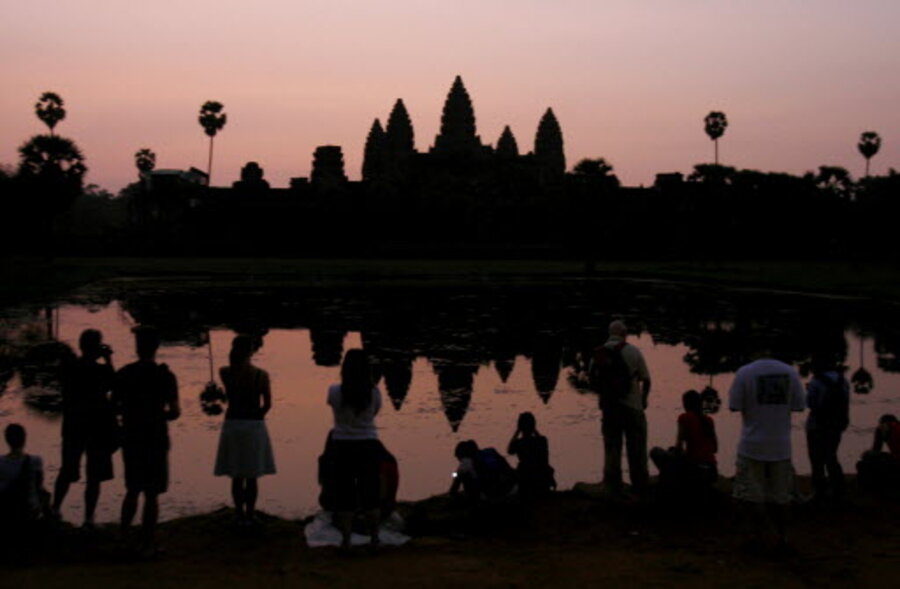In Cambodia's jungles, a lost world is found
Loading...
If at seems at times that our globe is already thoroughly mapped and explored, all its corridors charted and its mysteries explained, then the latest news out of Southeast Asia is solacing – there are, it seems, still lost worlds to be discovered, combed out from beneath a millennium of accumulated jungle in remote Cambodia.
A team of archaeologists from Australia has found an ancient city that has for more than 1,000 years escaped detection – not even looters had found the mysterious place, buried in Cambodia’s otherwise heavily trafficked Siem Reap province, which sees about a million tourists each year, Australia's The Age reported.
Known as Mahendraparvata, the lost world is some 1,200-years old, about 350 years older than the Angkor Wat temple complex, also in Siem Reap. Like Angkor, it was part of the Hindu-Buddhist Khmer Empire that from about 800 A.D. to 1400 A.D. ruled Southeast Asia, using slave labor to construct opulent, arrestingly beautiful stone temples.
Damian Evans, director of the University of Sydney's archaeological research center in Cambodia, and a small group of colleagues working in Cambodia’s northwestern corridor first mapped the area, Cambodia’s Phnom Kulen mountain, using airborne Lidar, a remote-sensing technology that uses lasers. The Lidar data revealed structures hidden beneath Technicolor green of rural Cambodia’s thick jungles, giving scientists the basic outline of the almost mythical place — as well as the wish to know more.
Weeks later, guided by an ex-Khmer Rogue soldier familiar with the terrain, the team hacked their way to the remnants of this once-booming cosmopolis: abandoned, overgrown temples, as well as evidence of roads and canals.
Scientists are unsure why Mahendraparyata was abandoned — possibly, the area had suffered too much environmental degradation to support the empire’s burgeoning population. Turned over to time, the royal city was worked to rubble as a millennium of industrious vegetation and monsoon rains did their worst. The mountain itself, once home to the peak of Cambodian culture, would go on to witness one of its worst moments, becoming a Khmer Rouge stronghold in the 1970s.
Throughout all that, the mountain has remained a spiritual place, host to tens of thousands of pilgrims each year.








